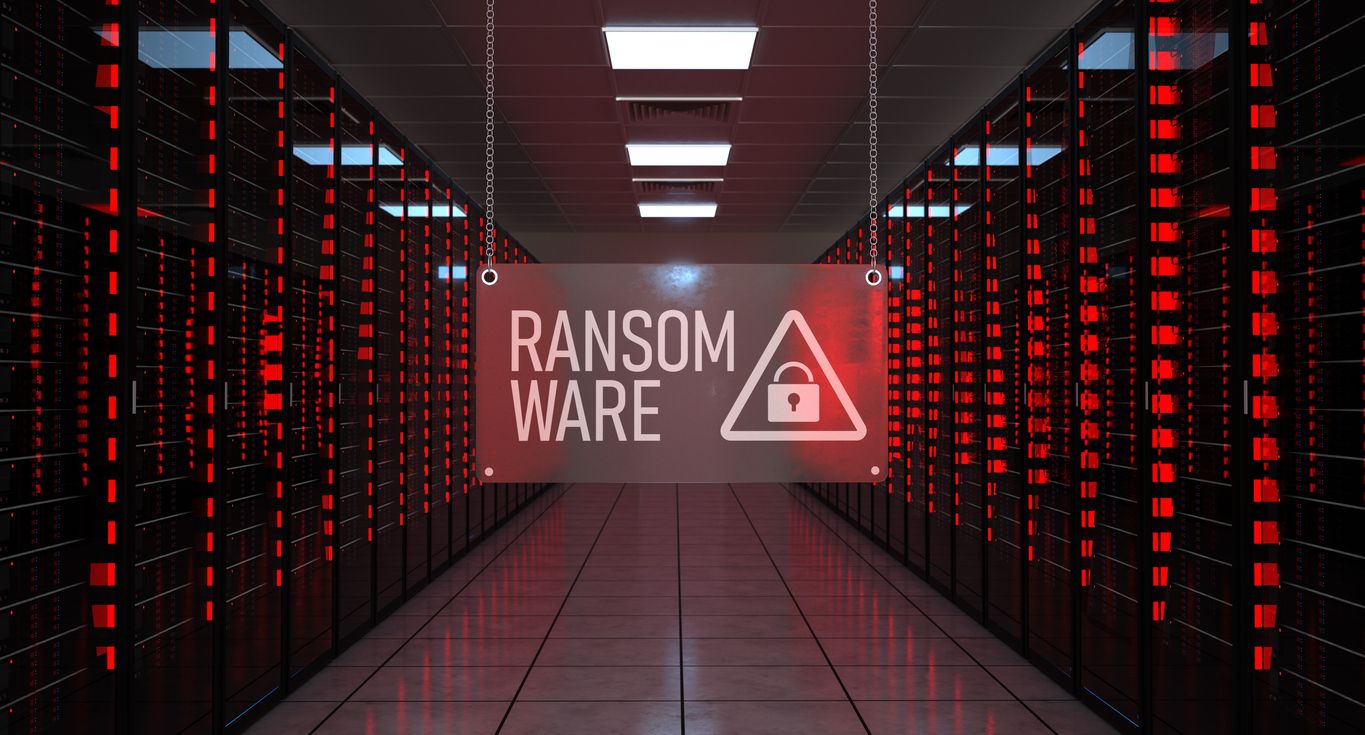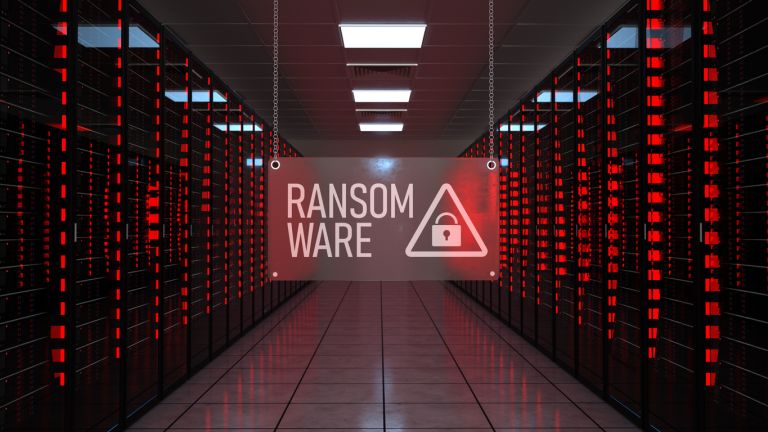
- Home
- Risks management
- Why it’s so difficult to catch ransomware attackers
Why it’s so difficult to catch ransomware attackers


Ransomware attacks are on a sharp rise, posing a severe threat to individuals and organizations. These malicious software programmes encrypt your data and demand a ransom for release. The urgency to track down and apprehend ransomware operators is looming. Identifying these cybercriminals is vital for ensuring digital safety and restoring public trust in online systems.
The complexity of ransomware operations
Ransomware attacks are far from simple — they are intricate operations often involving multiple steps and layers. To evade tracking, hackers typically deploy their attacks through numerous servers in different countries. This arrangement makes it challenging to trace the origin of an attack.
The European Union Agency for Cybersecurity reported ransomware as the primary threat in the digital landscape. In 2021, the organisation revealed the attacks increased by over 150% compared to the 2020 statistics. Cryptocurrencies like Bitcoin also play a role in complicating the tracking process by offering anonymity. Attackers often use them for ransom payments, making it difficult for authorities to follow the money trail.
The international scope of ransomware operations adds another layer of complexity. Attacks often cross borders, involving perpetrators, victims, and digital infrastructure from multiple countries. This hamper tracking and poses legal and diplomatic challenges for authorities.
Technological barriers
Encryption technologies play a crucial role in the difficulties of tracking ransomware operators. Attacks use advanced encryption algorithms to lock up data, so it’s nearly impossible to decipher without the unique key. This encryption also obscures the traces left behind, making detection much more complicated.
Another technology hackers often employ is anonymous networks like blockchain. These systems mask the attacker’s IP address and route their activities through multiple nodes worldwide. This process makes it very challenging to locate the source of the attack. Updating tracking software is also pivotal in mitigating ransomware. Over time, outdated systems become more vulnerable to cyberattacks. Businesses risk missing out on security updates by not subscribing to the latest software improvements.
This is what happened with the WannaCry ransomware attack, which enabled it to infect many computers in 2017. Companies opted to settle with dated operating systems and became a target for cybercriminals. To overcome these hurdles, cybersecurity experts need a highly specialized skillset. Knowledge of cryptography, network security and behavioral analysis is essential for tracking ransomware attackers. Mastery of these skills is vital for breaking through the technological barriers they set up.
Legal hurdles
Jurisdictional challenges become a significant roadblock when ransomware attacks cross multiple countries. Different nations have varying legal frameworks for cybercrime and this lack of standardization can significantly slow the investigation. For example, an attack originating in one country but affecting victims in another can create legal ambiguity about who should lead the investigation.
Diverging laws and regulations also hamper collaboration between countries. Some nations may have stringent data privacy laws restricting the sharing of crucial information with international authorities. These differences can lead to delays or dead ends in tracking the culprits.
On top of these legal obstacles, diplomatic relations can exacerbate the threat landscape. Countries may hesitate to cooperate due to geopolitical tensions or other sensitivities. It adds another layer of complexity, making apprehending ransomware operators even more challenging.
Current methods authorities use
Authorities employ various innovative techniques to counter the sophisticated methods ransomware operators use. One such tactic is the use of honeypots, which are decoy systems that lure in attackers. It allows experts to study their techniques and identify them.
Another approach focuses on tracking cryptocurrency transactions. By monitoring the blockchain, authorities can sometimes trace the flow of ransom payments back to the perpetrators. However, this method has limitations due to the anonymity features of cryptocurrencies.
International collaborations like the European External Action Service (EEAS) are pivotal in coordinating efforts across countries. These agencies facilitate the sharing of intelligence and resources, helping overcome some of the jurisdictional and legal challenges. However, even with these collaborative efforts, the effectiveness can differ because of the complex nature of ransomware attacks.
Future strategies and innovations
Emerging technologies are opening new avenues for combating ransomware. Artificial intelligence is particularly promising, as it can assess vast amounts of data in real time to detect anomalies and predict potential attacks. This proactive approach can help authorities trace ransomware attackers before they strike.
Blockchain technology is another game changer. Its transparent and immutable nature can help track financial transactions with enhanced security. Various research initiatives and pilot programmes are underway to test the effectiveness of these technologies in tracking ransomware operators.
Public-private partnerships are also crucial in driving these innovations. Companies bring technological expertise, while governments provide regulatory support and resources. These collaborations fast track the development and implementation of new strategies to fight ransomware.
Government initiatives such as the Digital Europe Programme boost cybersecurity intelligence across member states. This endeavour will enable European digital infrastructures to promote state-of-the-art practises and equipment.
Looking forward
Tracking ransomware attackers is incredibly complex and fraught with technological, legal, and international challenges. Advanced encryption, anonymous networks and the use of cryptocurrencies all make these cybercriminals elusive. Jurisdictional issues and differing laws across countries further complicate the matter, as do geopolitical considerations.
Despite these hurdles, authorities are employing innovative techniques like cryptocurrency tracking and international collaborations through agencies like the EEAS. Emerging technologies and government projects offer promising avenues for future success. However, it is crucial to understand these methods have limitations and are continually evolving. Therefore, ongoing discussion and research in this area are essential for making strides in tracking and apprehending ransomware operators effectively.
the newsletter
the newsletter



